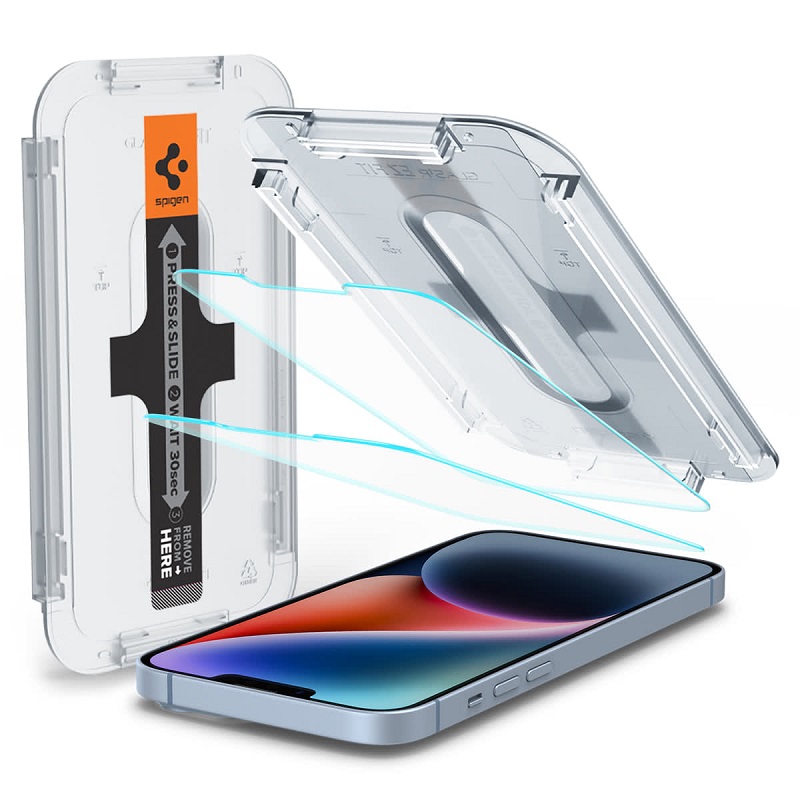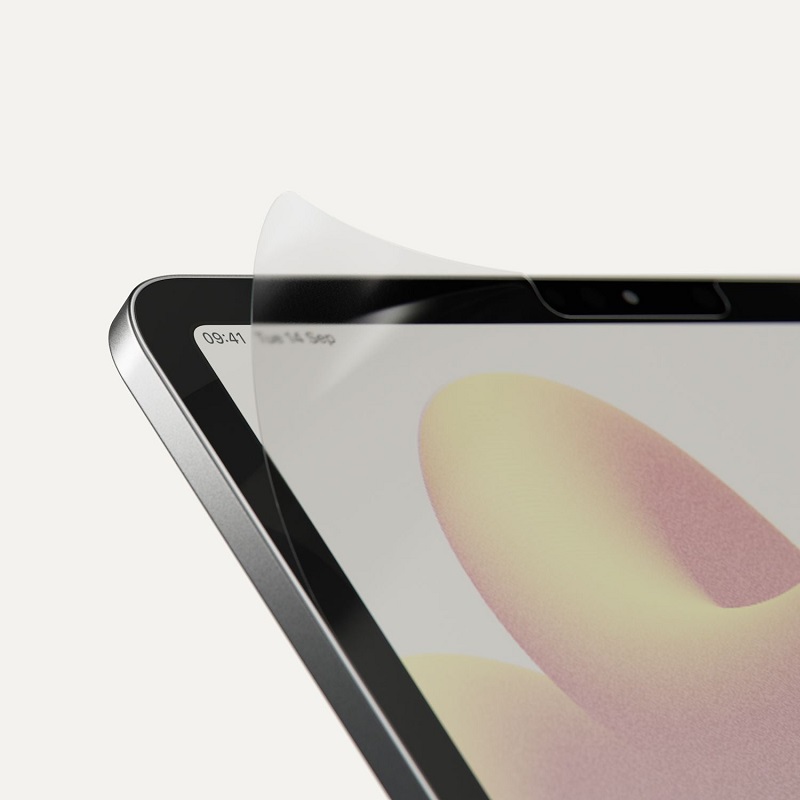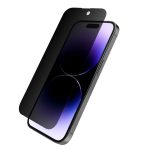Introduction: Understanding the Sticky Side of Screen Protectors
What Causes the Sticky Side of Screen Protectors?
Screen protectors are designed to shield your device’s screen from scratches, smudges, and other damage. The sticky side of a screen protector is essential for adhering it to the screen, but over time, it can attract dust, dirt, and grime. This buildup can affect the protector’s performance and appearance. Understanding why the sticky side becomes dirty is crucial for maintaining a clean and effective screen protector. Factors such as the environment where the device is used, frequent touching, and even improper application can contribute to this issue. Proper cleaning methods are necessary to restore the protector’s functionality and ensure your device remains in optimal condition.
Why Regular Cleaning is Important
Regular cleaning of the sticky side of your screen protector is vital for maintaining both the protector’s effectiveness and the cleanliness of your device’s screen. A dirty or sticky protector can lead to poor adhesion, which may cause bubbles and affect the visual clarity of the screen. Moreover, a buildup of dirt and grime can transfer to the screen itself, potentially causing scratches or damage. By regularly cleaning the sticky side, you ensure that the screen protector adheres properly and continues to offer the protection your device needs. Additionally, this practice helps to extend the lifespan of both the protector and your device’s screen.

Tools and Materials Needed for Cleaning
Essential Tools for Cleaning the Sticky Side
Before you start cleaning, gather the necessary tools to ensure an effective process. The essential tools include a soft microfiber cloth, a cleaning solution suitable for electronics, and a gentle brush. A microfiber cloth is ideal for cleaning because it’s soft and won’t scratch the surface. The cleaning solution should be gentle, preferably alcohol-free, to avoid damaging the adhesive. A soft brush can help dislodge any loose dust or debris. Using these tools will help you clean the sticky side of the screen protector without leaving residue or causing damage.
Optional Tools and Their Benefits
In addition to the basic tools, you might find a few optional items useful. A can of compressed air can help blow away dust and debris before cleaning. Sticky pads or adhesive strips can assist in lifting off stubborn particles without causing damage. For those who prefer DIY solutions, distilled water mixed with a small amount of vinegar can serve as a gentle cleaning solution. These optional tools and solutions can enhance the cleaning process, making it easier to achieve a spotless sticky side.
Step-by-Step Guide to Cleaning the Sticky Side
Step 1: Prepare Your Workspace
Begin by preparing your workspace to ensure a clean and organized environment for cleaning. Choose a flat, well-lit area where you can comfortably work on the screen protector. Make sure the area is free from dust and other contaminants that could interfere with the cleaning process. Lay down a clean, soft cloth or towel to work on, which will help protect both the screen protector and your device. Having a tidy workspace will help you focus on the task and reduce the risk of introducing new debris to the protector.
Step 2: Remove the Screen Protector
Carefully remove the screen protector from your device. If the protector is adhered strongly, gently lift it from one corner using your fingernail or a plastic card. Be cautious not to tear or damage the protector during removal. If the protector is particularly dirty or sticky, you might need to gently loosen it by applying slight pressure from the edges. Place the removed protector on a clean surface, ensuring the sticky side is facing up for easy access during cleaning.
Step 3: Brush Off Loose Debris
Use a soft brush to gently brush away any loose dust, dirt, or debris from the sticky side of the screen protector. Hold the brush at a slight angle to avoid scratching the surface. This step helps to remove particles that could cause scratches or interfere with the cleaning solution. Brush in a gentle, sweeping motion to ensure that all loose debris is effectively removed. Avoid using excessive force, as this could damage the adhesive layer.
Step 4: Apply Cleaning Solution
Dampen a microfiber cloth with a small amount of cleaning solution, ensuring it’s not too wet. Avoid applying the solution directly to the sticky side to prevent over-saturation. Gently wipe the sticky side of the screen protector with the dampened cloth, using a soft, circular motion. This will help to dissolve and lift off any remaining dirt or residue. Be patient and avoid using excessive pressure, as this could damage the adhesive layer or leave streaks.
Step 5: Dry the Sticky Side
After cleaning, use a dry part of the microfiber cloth or a separate clean, dry cloth to gently pat the sticky side of the screen protector. This step is crucial to ensure that no moisture remains, which could affect the adhesive or cause streaks. Allow the protector to air dry completely before reapplying it to your device. Ensure that the sticky side is completely dry to avoid trapping moisture between the protector and the screen.

Tips for Maintaining a Clean Screen Protector
Regular Cleaning Routine
Establishing a regular cleaning routine is essential for maintaining a clean and functional screen protector. Depending on how frequently you use your device, aim to clean the sticky side at least once a month or whenever you notice a buildup of dirt. Regular cleaning prevents the accumulation of grime and ensures that the protector continues to adhere properly. By incorporating this into your device maintenance routine, you can prolong the life of both the screen protector and your device’s screen.
Avoiding Common Mistakes
To achieve the best results, avoid common mistakes during the cleaning process. Do not use abrasive materials or harsh chemicals, as these can damage the adhesive layer or the screen protector itself. Avoid using excessive amounts of cleaning solution, as this can lead to residue buildup or affect the protector’s performance. Additionally, be cautious not to touch the sticky side with your fingers, as oils and dirt from your hands can interfere with adhesion. Following these guidelines will help ensure that your cleaning efforts are effective and safe for your screen protector.

Conclusion: Ensuring Longevity and Performance
Benefits of Proper Cleaning
Proper cleaning of the sticky side of your screen protector offers numerous benefits, including improved adhesion, enhanced screen clarity, and extended lifespan. A clean protector adheres better to your device’s screen, reducing the likelihood of bubbles and ensuring optimal protection. Additionally, a clean protector contributes to the overall aesthetic of your device, maintaining its visual appeal. By following the recommended cleaning methods and maintaining a regular cleaning routine, you can ensure that your screen protector continues to perform effectively and keep your device in excellent condition.
Investing in Quality Screen Protectors
Investing in high-quality screen protectors can also contribute to easier maintenance and better performance. Quality protectors are designed with durable adhesives and materials that resist dirt and grime buildup. When choosing a screen protector, consider factors such as material type, thickness, and brand reputation. A well-chosen protector will not only provide superior protection for your device but also be easier to clean and maintain. By selecting a quality product and following proper cleaning practices, you can enjoy a clean, functional, and aesthetically pleasing screen protector for years to come.


